Photopolarimetry of planetary regoliths: Effect of surface roughness and composition
- 1Instituto de Astrofísica de Andalucía (IAA-CSIC), Glorieta de la Astronomía s/n, 18008 Granada, Spain
- 2Instituto de Cerámica y Vidrio (ICV-CSIC), Kelsen 5, Campus Cantoblanco, 28049 Madrid, Spain
- 3Space Science Institute, 4750 Walnut Street, Boulder Suite 205, CO 80301, USA
- 4Institut für Geophysik und extraterrestrische Physik, Technische Universität Braunschweig, Mendelssohnstr. 3, D-38106 Braunschweig, Germany
- 5Department of Physics, P.O. Box 64, FI-00014 University of Helsinki, Finland
The interpretation of astronomical observations of comets, asteroids, and extrasolar objects such as protoplanetary and debris disks is essential for understanding the origin and evolution of planetary systems. Collecting electromagnetic radiation scattered or emitted by dust particles in these objects using powerful telescopes is often our only method to observe and characterize them. This work aims to enhance our understanding of the interaction between electromagnetic radiation and dust particles to improve the interpretation of remote observations of comets and data from future in situ missions like Comet Interceptor.
We present experimental scattering matrices for a set of well-characterized porous cm-sized cylindrical aggregates as regolith simulants. The regolith production process involves two steps:
- Monomer synthesis: Micron-sized particles were generated by milling of two bulk samples: olivine and the Mojave Martian Simulant (MMS-2). Narrow size distributions were achieved through sieving, dispersion in a liquid media, and repeated gravity settling at different intervals. The size distributions of the resulting powders were measured using a MasterSizer 2000 particle sizer.
- Consolidation: Centimeter-sized pellets of the micron-sized grains obtained in step 1 were produced through mechanical compaction and subsequent consolidation by thermal treatment. In addition, porous samples were obtained by mixing the powder of interest with ethylcellulose as pore former, which was removed during the thermal treatment.
This novel procedure allows us to obtain regolith sample sets in which only one physical property varies at a time, which is needed to disentangle the effect of different physical properties (grain size, surface roughness and composition) on the scattered light. The characterization of the samples includes optical microscopy, Scanning Electron Microscopy (SEM) and Atomic Force Microscopy (AFM) imaging. As examples, Figures 1 and 2, show SEM images for the two end members of the MMS2 regolith set as far as surface roughness is concerned: MMS2-6 (the flattest) and MeC60-4 (the roughest), respectively. The AFM images displayed in Figures 3 and 4 provide the corresponding surfaces height profile.
The experimental measurements of the scattered light by our regolith are performed at the IAA Cosmic Dust Laboratory at wavelengths of 488 and 640 nm. Due to the geometry of the regolith, the phase angle of the measured reflected light spans from 3 to 90 degrees. Preliminary results of the scattering matrix for the MMS2-6 and MeC60-4 regolith at the wavelength of 640 nm are shown in the Figure 5. The refractive index of the constituent particles at the measurement’s wavelength is equal to m=1.5 + i0.00035 (Martikainen et al 2023). In general, the increasing surface roughness affects all measured scattering matrix elements. That is specially the case for the F22/F11, F33/F11 and F44/F11 in the full measured phase angle range. It is interesting to note that in both cases the -F12/F11 ratio shows a shallow negative branch near the backward direction.
These preliminary results show the potential of our studies with this new kind of samples. Additionally, comparison with scattering measurements of other regolith samples will enhance our understanding of how surface roughness and composition affect scattered light by different surfaces.
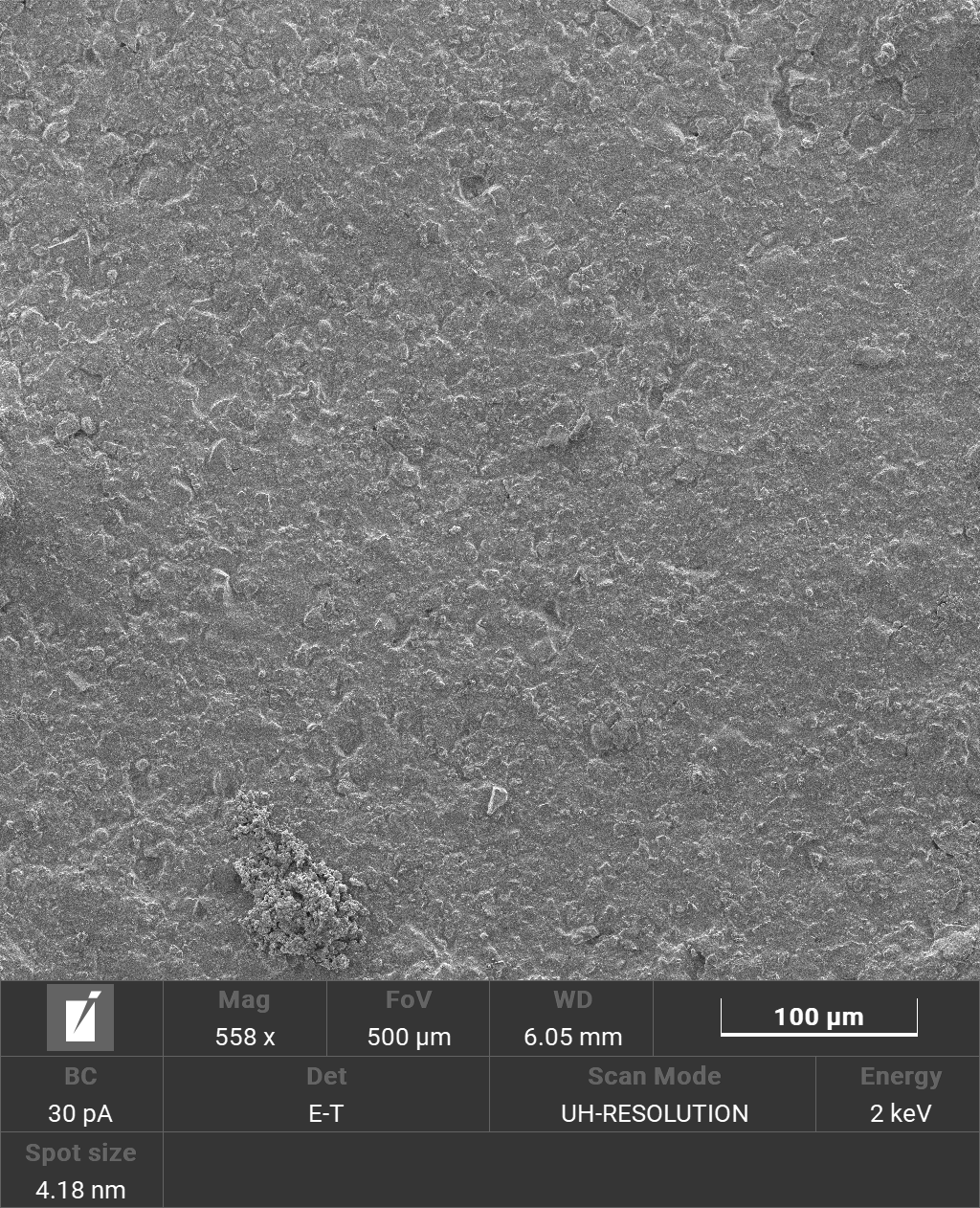
Figure 1. SEM image of the surface of the sample MMS2-6.
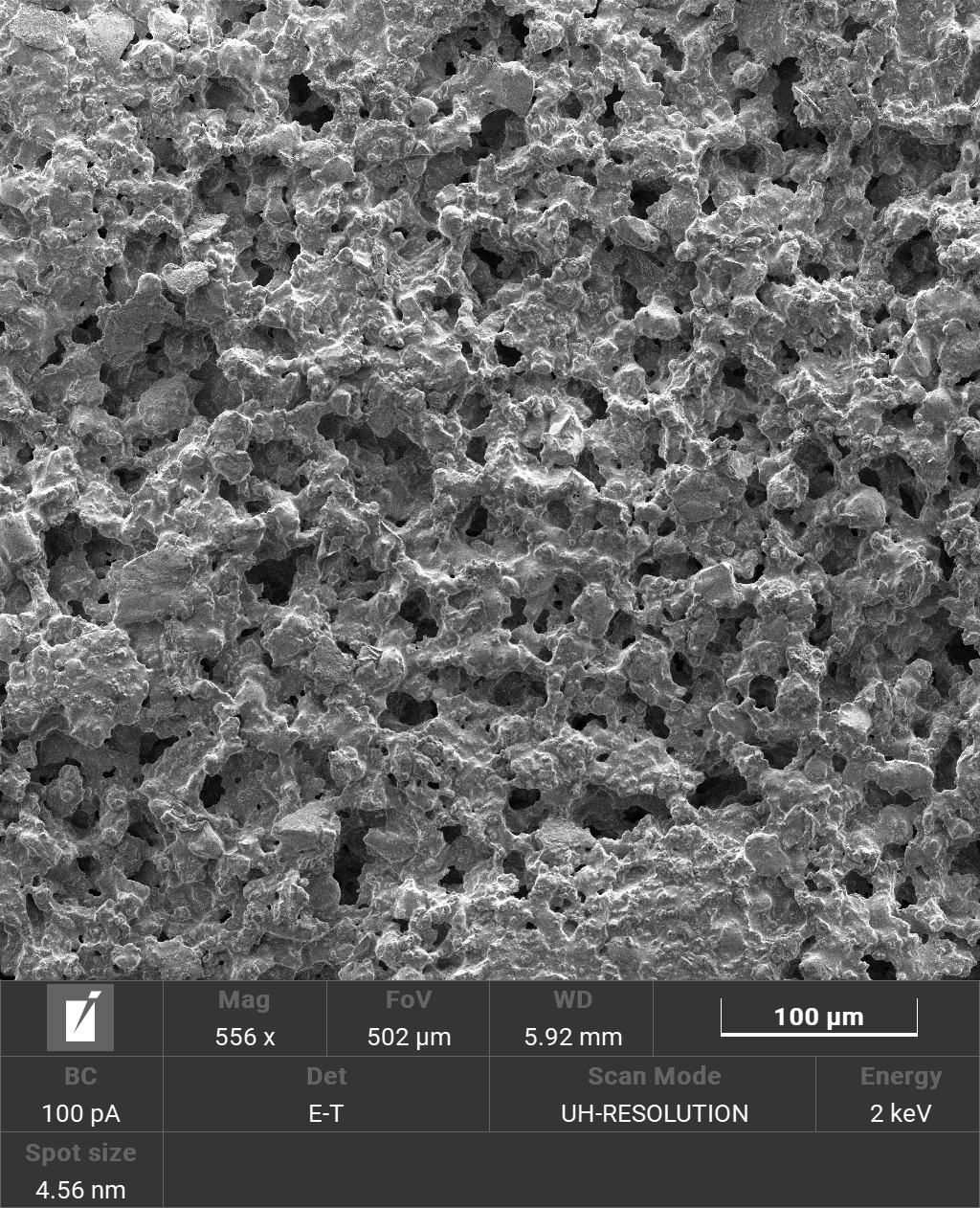
Figure 2. SEM image of the surface of the sample MeC60-4.
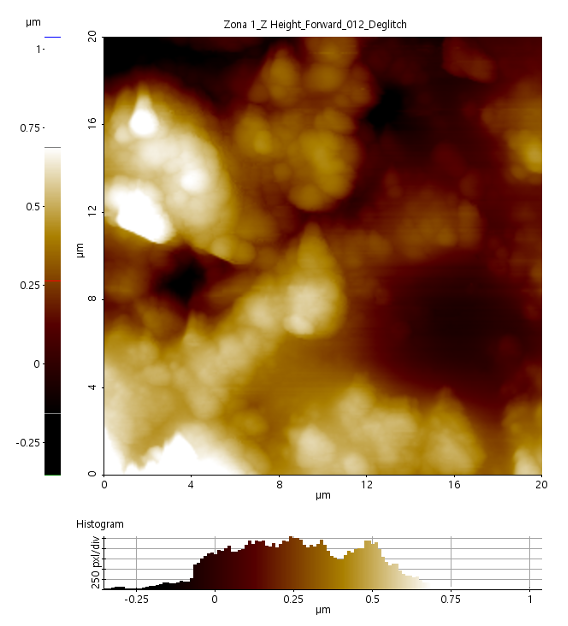
Figure 3. AFM image about the height profile of the surface of the sample MMS2-6.
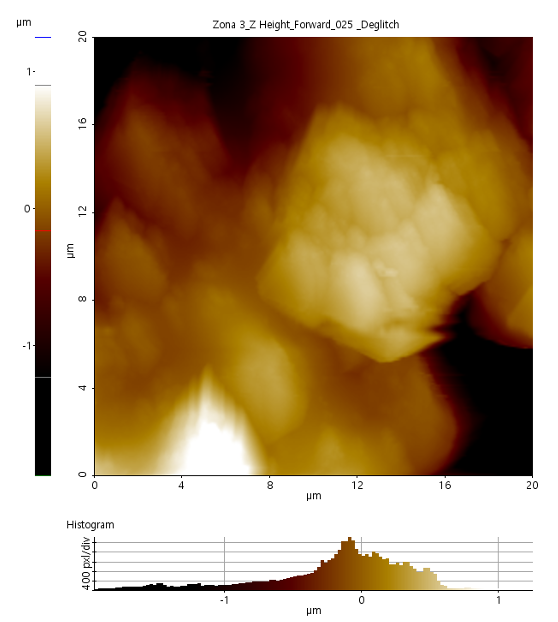
Figure 4. AFM image about the height profile of the surface of the sample MeC60-4.
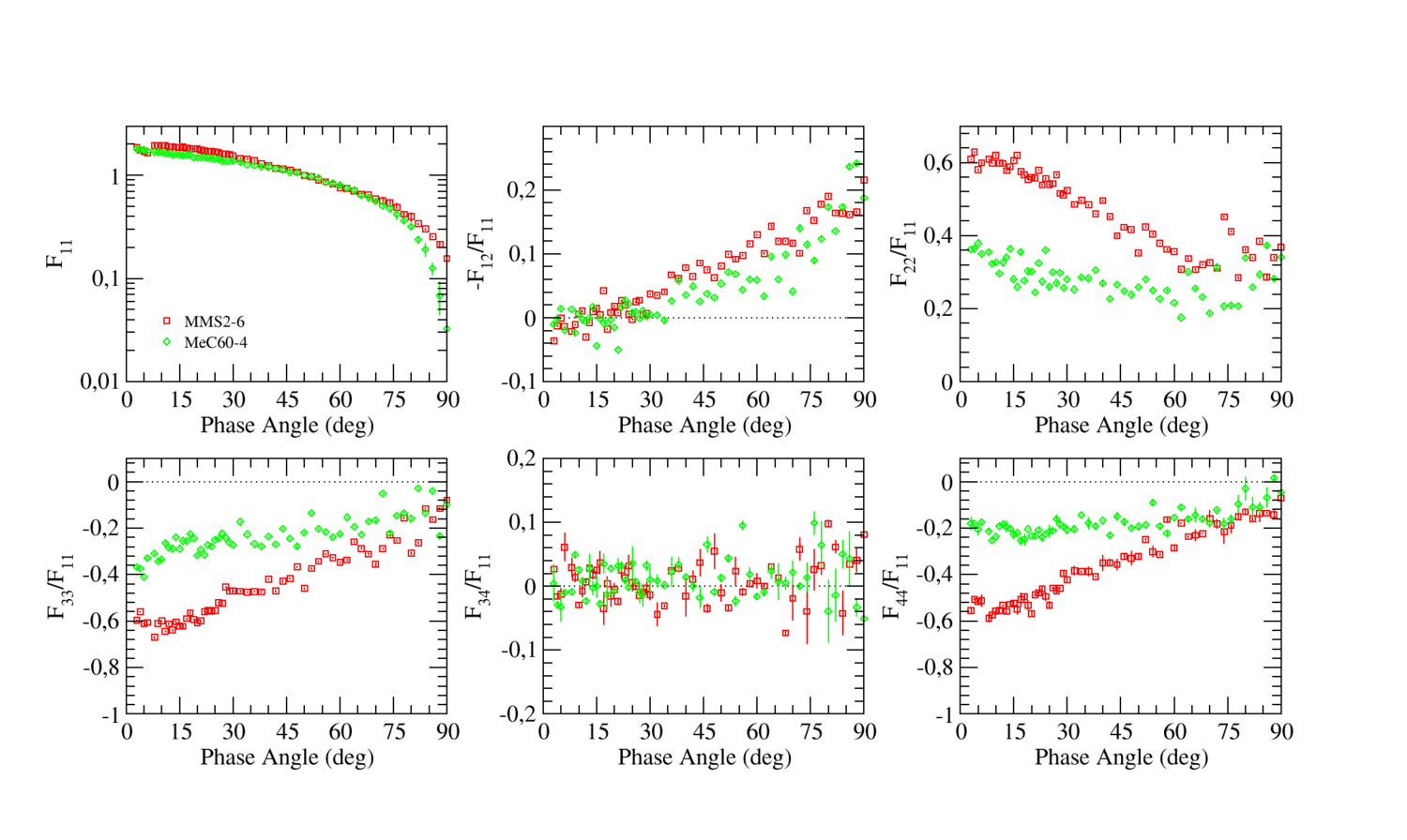
Figure 5. Experimental scattering matrices of the surfaces of samples MMS2-6 (red) and MeC60-4 (green).
How to cite: García Izquierdo, F. J., Frattin, E., Martikainen, J., Muñoz, O., Gómez Martín, J. C., Jardiel, T., Peiteado, M., Caballero, A. C., Videen, G., Markkanen, J., Penttilä, A., and Muinonen, K.: Photopolarimetry of planetary regoliths: Effect of surface roughness and composition, Europlanet Science Congress 2024, Berlin, Germany, 8–13 Sep 2024, EPSC2024-1053, https://doi.org/10.5194/epsc2024-1053, 2024.